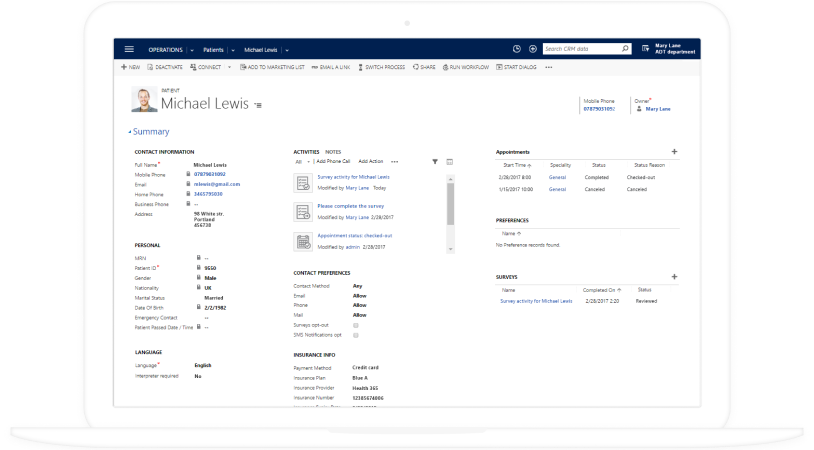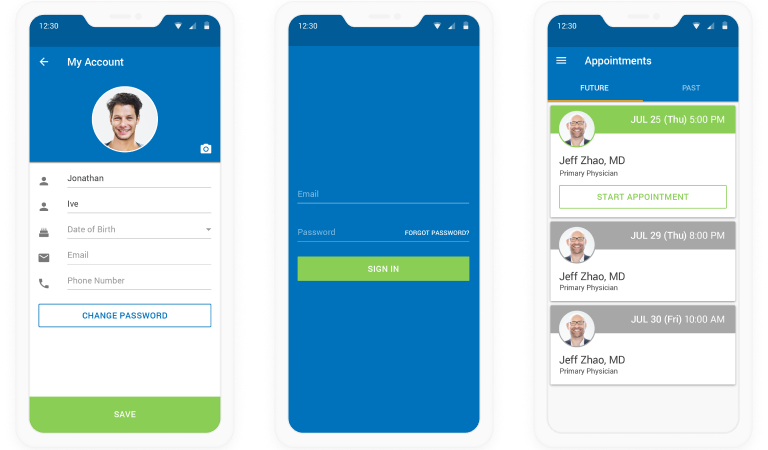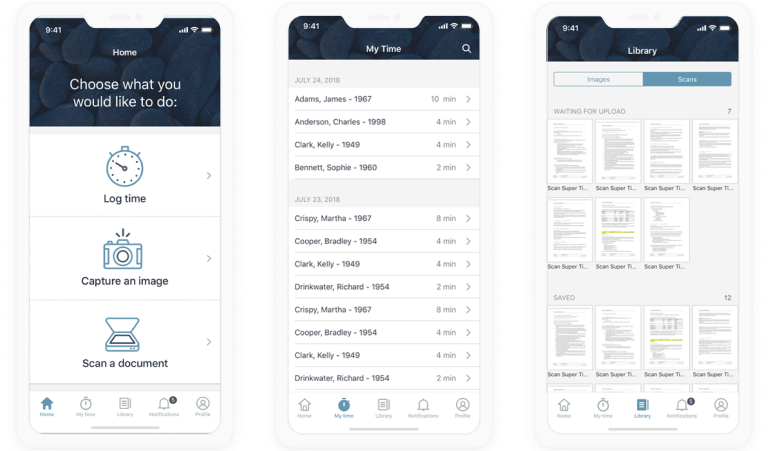EHR/EMR Integration
A Step-by-Step Guide
In healthcare IT since 2005, ScienceSoft knows the ins and outs of integrating EHR/EMR systems and various types of medical software.
The Essence of EHR or EMR Integration
The integration of an electronic health/medical record system with healthcare software improves patient data consistency, medical staff efficiency, patient safety, and care continuity. Since 1989 in IT and since 2005 in the healthcare domain, ScienceSoft knows how to minimize the risks and reduce costs of EHR/EMR system integration.
|
|
|
|
|
Time: 1–6 months. Team: a project manager, a business analyst, a regulatory compliance expert, an integration architect, a developer, a DevOps engineer, a QA engineer, a security engineer. Cost: from $30,000 to integrate a healthcare solution with one EHR system to $150,000 to enable EHR integration capabilities of a software product. Use our free cost calculator to gauge your project expenses. |
|
|
|
Who Needs EHR/EMR Integration
Healthcare providers
who want to integrate one or several healthcare solutions (e.g., a patient portal, CRM, HIE) with a custom or an off-the-shelf EHR/EMR system.
Software product companies or startups
who want to add EHR/EMR integration capabilities to their healthcare software product to gain a competitive advantage.
EHR/EMR Integration Steps
Each EHR/EMR integration project is unique and may require a specific set of steps depending on the requirements. For you to get the general picture of the project process, we have outlined four common steps that can be adjusted to fit specific needs.
Step 1. EHR/EMR integration planning
Note: When you outsource any part of the EHR/EMR integration project, you should have a Business Associate Agreement (BAA) with your EHR integration partner. ScienceSoft is ready to sign a BAA to ensure our legal obligation to follow HIPAA compliance guidelines on data security, encryption methods, documentation of security practices, etc.
Step 2. EHR/EMR integration design
Duration: 3–4 weeks (can run in parallel with the step 1).
ScienceSoft’s tip: For healthcare providers that use multiple IT solutions, we recommend creating an integration strategy for all medical solutions to reduce additional expenses in the future.
Step 3. EHR/EMR integration and testing
Duration: 1–5 months to implement an integration solution.
- Developing the EHR/EMR integration solution.
- (for healthcare orgs) Re-engineering and/or re-architecting the required components of the IT system.
- (for healthcare orgs) Integration testing of the EHR/EMR system and the connected applications.
- (for software product companies) Integration testing of the software product and the required off-the-shelf EHR/EMR systems.
- Security testing.
Step 4. EHR/EMR integration support and evolution
Duration: continuous.
- For healthcare organizations, it’s essential to monitor the performance and security of EHR/EMR integration, as well as data transfer quality. The integration solution may also require adjustments to handle the growing number of users.
- For software product companies, API integration should be maintained and updated with time to ensure smooth transfer of data. In the future, medical software product may require new integration capabilities to connect to other types of applications (CRM, practice management systems, etc.). In this case, it may be viable to opt for integration solution evolution.
ScienceSoft’s tip: Support and evolution of an EHR/EMR integration can be provided as a part of comprehensive medical IT support.
Consider Professional EHR and EMR Software Integration Services
Relying on 20 years of experience in healthcare IT, ScienceSoft is ready to help you establish a consistent and reliable data flow between your software and an EHR/EMR system.
Why Partner Up with ScienceSoft
- In the IT industry since 1989 and in the healthcare domain since 2005.
- Integration and database architects with 7–20 years of experience.
- Working experience with healthcare standards (e.g., HL7 v2/v3, FHIR, DICOM, XDS/XDS-I, CCDA, USCDI, HIPAA X12 837/835).
- Expertise in HIPAA, HITECH, MACRA regulations, CEHRT and FDA requirements, SAFER guidelines.
- Practical experience with a range of integration approaches (e.g., API-based, message-based integration) and architecture designs (microservices-based, service-oriented architectures).
- ISO 13485:2016 certification that guarantees medical software development compliance with requirements of FDA and The Council of the European Union.
- Established Lean, Agile, and DevOps culture to streamline the EHR integration project delivery.
- Strategic partnerships with Microsoft, Amazon, and ServiceNow.
Our awards, recognitions, and certifications
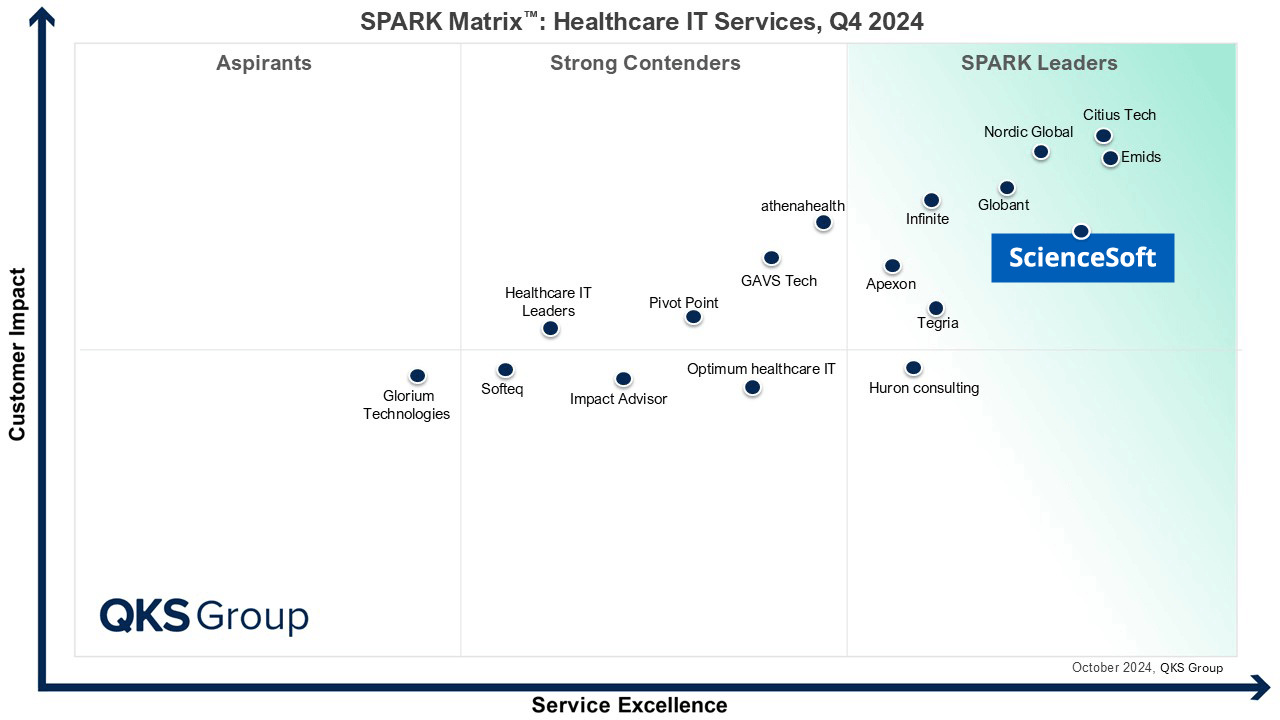
Featured among Healthcare IT Services Leaders in the 2022 and 2024 SPARK Matrix
Recognized for Healthcare Technology Leadership by Frost & Sullivan in 2023 and 2025
Named among America’s Fastest-Growing Companies by Financial Times, 4 years in a row
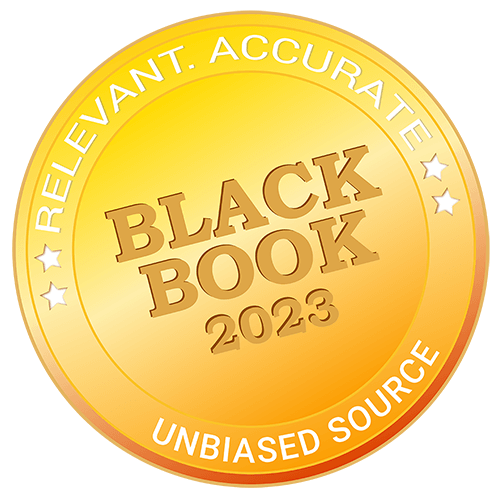
Top Healthcare IT Developer and Advisor by Black Book™ survey 2023
Recognized by Health Tech Newspaper awards for the third time (2022, 2023, 2025)
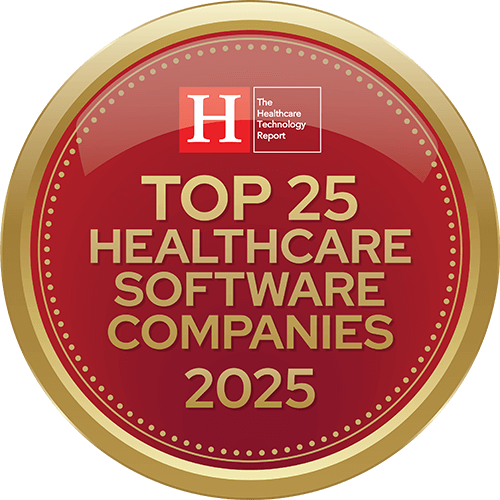
Named to The Healthcare Technology Report’s Top 25 Healthcare Software Companies of 2025
ISO 13485-certified quality management system
ISO 27001-certified security management system
Typical Project Roles on ScienceSoft's EHR Integration Teams
The required talents for electronic health/medical record integration vary depending on the project scope, complexity, chosen integration approach. Here, we describe the most common roles in ScienceSoft’s EHR and EMR integration teams.
Project manager
- Plans the EHR/EMR integration project, assigns tasks and responsibilities.
- Monitors and optimizes the project process relying on KPI.
- Updates the stakeholders on the EHR/EMR integration project progress.
Business analyst
- Elicits, prioritizes, and documents the EHR/EMR integration requirements.
- Helps define the most suitable EHR or EMR integration approach based on the client’s needs.
Integration architect
- Chooses the integration approach, designs EMR or EHR integration.
- Designs the modifications of integrated apps (if necessary).
Regulatory compliance expert
- Defines the applicable healthcare regulations.
- Ensures that the EHR integration project complies with all relevant regulations and standards.
Developer
- Writes custom EHR/EMR software integration code (APIs, ESB, etc.).
- Sets up triggers, resulting actions, shared data.
DevOps engineer
- Helps automate the development and release processes using CI/CD pipeline.
- Monitors the integration solution’s performance, availability, etc.
QA engineer
- Designs and implements a testing strategy and plan for the EHR/EMR software integration.
- Creates test cases and conducts manual and automated testing.
- Provides test summary reports.
Security engineer
- Conducts vulnerability assessment and penetration testing of the integrated solution and its infrastructure.
Sourcing Models of EHR or EMR Integration
Technologies We Can Employ for Your EHR/EMR Integration Project
The tech stack that we choose for a specific project depends on the platforms, frameworks, databases, etc. that were used to create the software that needs to be integrated. Below, we list the technologies we successfully employ in our EHR and EMR integration projects.
EHR and EMR Integration Cost
EHR/EMR integration costs typically range between $30,000 and $150,000+. For each EHR/EMR integration project, ScienceSoft considers a unique set of factors that may influence the investment size. Below, we list the most common of them.
Common investment size factors
- The chosen sourcing model.
- The applicable regulations and certifications (the additional security requirements may increase the project cost).
- The complexity of an information exchange data model.
Specific investment size factors for healthcare orgs
- The chosen EHR integration approach.
- The number of applications to be integrated with an EHR/EMR and the number of integration points.
- The required modifications of the integrated healthcare applications.
- Licensing for middleware (e.g., third-party ESB).
- Infrastructure for the integration implementation.
- Maintenance and support costs after the EHR integration implementation (depending on the required business hours, performance, etc.).
Specific investment size factors for software product companies
- The number of off-the shelf EHR/EMR systems to enable integration capabilities with.
- API maintenance and updates costs (if required).
Here are sample costs for EHR/EMR integration:
From $30,000
for integration of a healthcare solution with an EHR system (relevant for healthcare providers).
From $150,000
to enable EHR/EMR integration capabilities of a software product.
About ScienceSoft
Headquartered in McKinney, Texas, ScienceSoft is an IT consulting and software development vendor certified according to ISO 9001, ISO 27001, and ISO 13485 standards. Since 2005 in healthcare IT, we design EHR/EMR integrations, develop APIs for EHR/EMR products, and deliver integrated medical software ecosystems for healthcare organizations.


